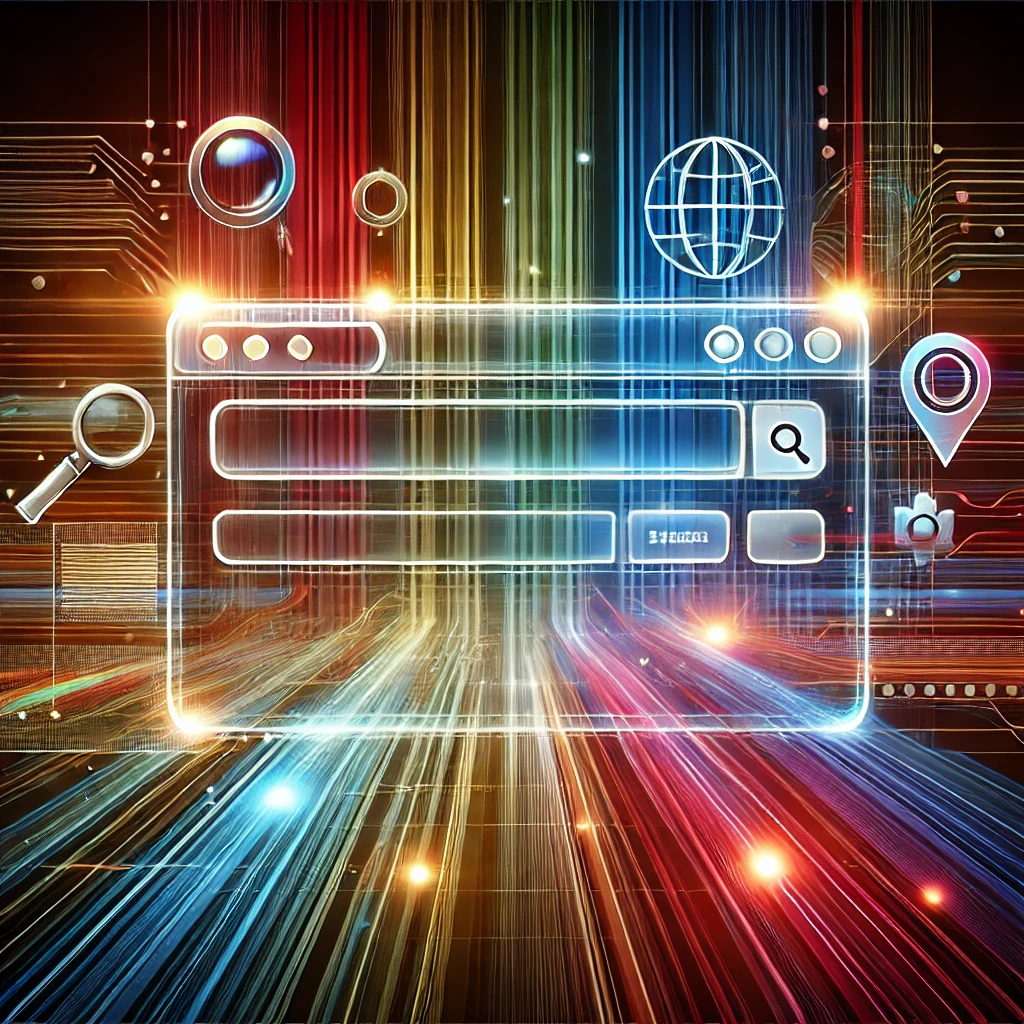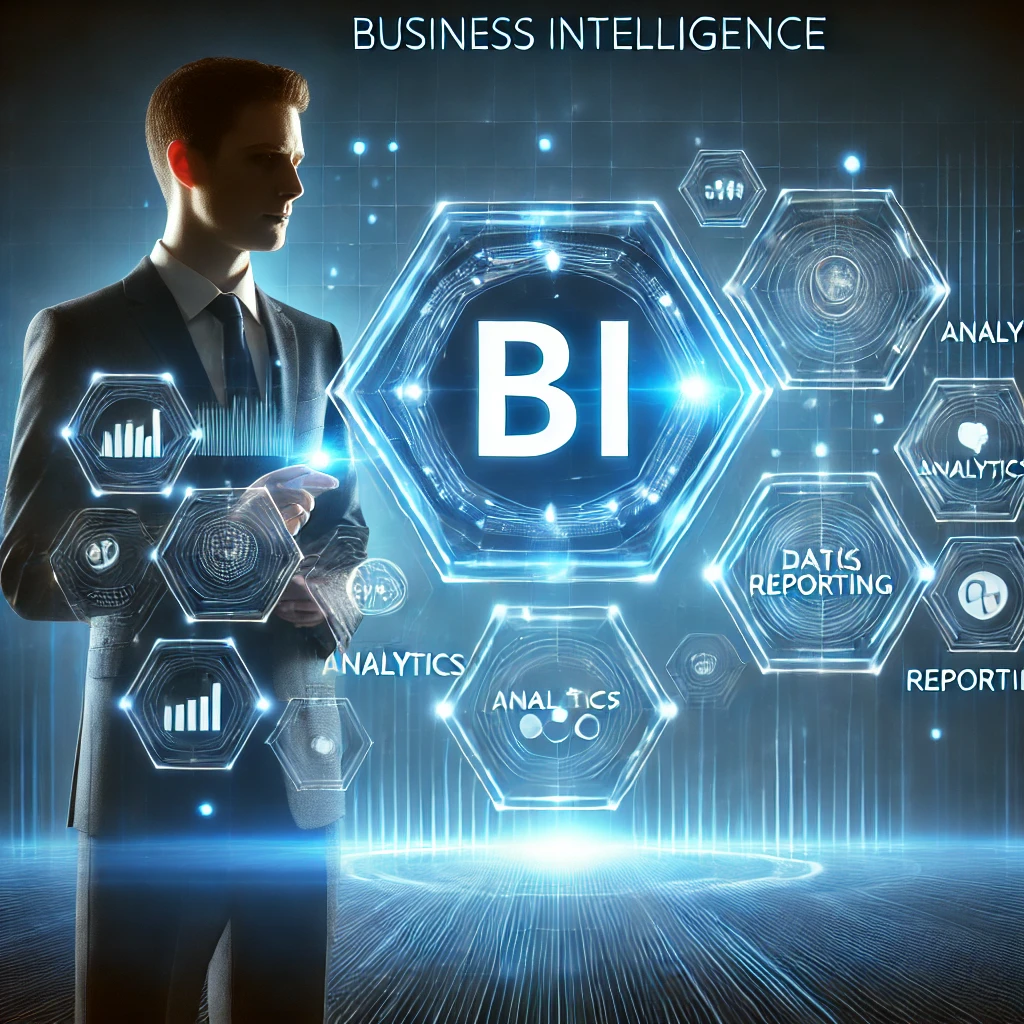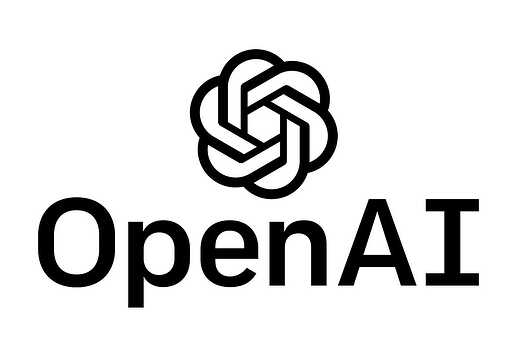The first step toward achieving HIPAA compliance is understanding the specific requirements of the regulation. HIPAA applies to covered entities, which include healthcare providers, health plans, and healthcare clearinghouses. Pharmaceutical companies that interact with any of these entities, such as those conducting clinical trials or providing services to healthcare providers, must comply with HIPAA. The regulation is extensive, but pharmaceutical companies primarily need to focus on the following: 2. Conduct a HIPAA Risk Assessment A key component of HIPAA compliance is performing a risk assessment to identify potential vulnerabilities and…
Read MoreDay: January 18, 2025
Browser Extensions: The Hidden Cybersecurity Threat Lurking in Your Browser
In a sobering reminder of evolving cyber risks, a large-scale attack campaign targeting browser extensions has left over two million users exposed to malicious activity. More than 25 browser extensions were compromised, injecting malicious code aimed at stealing user credentials and sensitive data. This incident highlights the growing cybersecurity vulnerabilities associated with browser extensions and underscores the urgent need for organizations to reassess their defense strategies. This article explores the risks posed by browser extensions, the implications of this attack, and actionable steps cybersecurity professionals can take to protect their…
Read More5 Key Strategies to Protect Your Microsoft 365 from Ransomware and Boost Data Security
Organizations face an ever-growing threat from cybercriminals, and ransomware is one of the most damaging types of attacks. Microsoft 365, the popular platform that powers countless businesses, is a prime target for these malicious actors, as it stores and processes huge volumes of sensitive data Recent statistics show that 76% of companies have fallen victim to at least one ransomware attack in the last year, often resulting in significant downtime, financial losses, and long-term reputational damage. Fortunately, businesses can take proactive steps to protect their Microsoft 365 environments from ransomware.…
Read MoreWhy BI Is a Game-Changer for Cybersecurity
Incorporating BI into cybersecurity strategies doesn’t just enhance defenses—it revolutionizes them. Here’s why this integration is critical: Real-World Applications of BI in Cybersecurity 1. Threat Prediction and Anomaly Detection Vendors like Splunk and LogRhythm offer BI-driven platforms capable of real-time anomaly detection. For example, Splunk’s Security Information and Event Management (SIEM) tool uses machine learning to analyze user behavior and detect irregularities, such as unusual login locations or spikes in data transfers. Case Study: A global bank using LogRhythm identified and prevented a sophisticated phishing attack targeting its executive team.…
Read MoreUK Proposes Ban on Ransom Payments in Public Sector to Combat Cybercrime
The UK government has unveiled a bold proposal to combat ransomware attacks, aiming to strengthen the nation’s cybersecurity defenses and reduce the financial incentives for cybercriminals. The initiative specifically targets public sector organizations, such as hospitals and schools, prohibiting them from paying ransoms to attackers. This measure is part of a broader strategy to mitigate the impact of ransomware and bolster national resilience against cyber threats. Key Elements of the Proposal The government’s proposed measures include: Why This Matters The urgency of these measures is underscored by the sharp rise…
Read MoreUnderstanding the Difference Between DMARC and DKIM: Why They Are Essential for Organizational Security
Two powerful tools that organizations can leverage to secure their email infrastructure are DMARC (Domain-based Message Authentication, Reporting, and Conformance) and DKIM (DomainKeys Identified Mail) Although they share the common goal of enhancing email security, DMARC and DKIM serve distinct purposes and operate differently. This article explores the key differences between the two protocols, how they work, and why implementing them is crucial for your organization. What Is DKIM? DKIM is a cryptographic authentication method designed to ensure the integrity and authenticity of email messages. It verifies that an email…
Read More16 Must-See Innovations at CES 2025 That You Shouldn’t Miss
CES 2025 was packed with jaw-dropping innovations that are ready to make waves in the tech and cybersecurity world. Whether you’re into robotics, AI, smart home tech, or next-gen gadgets, here’s a rundown of the coolest products that caught everyone’s attention this year. 1. Xpeng Aeroht: The Future of Flying Cars Xpeng Aeroht took the spotlight with its flying car, which combines the power of electric cars with vertical take-off and landing (VTOL) tech. It’s like something straight out of a sci-fi movie. The design is sleek, with a cabin…
Read MoreThe Rise of Phoenix as a Tech Hub: Amazon Drones, Autonomous Vehicles, and Semiconductor Innovations
Phoenix, Arizona, once known for its scorching heat and golf courses, is rapidly evolving into a major tech hub. Over recent years, the city has become a focal point for groundbreaking innovations, including Amazon’s drone delivery service, autonomous vehicles, and semiconductor manufacturing, which are driving the city’s tech transformation. Amazon’s Prime Air drone program, which has now launched in West Phoenix, represents one of the most significant technological developments in the area. This program allows customers to place orders for items like Jenga, which are then delivered by drones within…
Read MoreThe Future of AI: 7 Game-Changing Abilities Expected from GPT-5
As we look to the future of artificial intelligence, the next generation of GPT models, particularly GPT-5, is poised to bring about transformative changes in how we interact with technology. Here are the top seven abilities that GPT-5 is expected to unleash, reshaping not only AI but also the broader landscape of industries and daily life. Advanced Multimodal Understanding GPT-5 will take multimodal understanding to the next level. This means it won’t just process text and images, but will seamlessly integrate audio, video, and even interactive content. This breakthrough will…
Read MoreTikTok’s Parent Company, ByteDance, is Finding a Creative Way to Overcome U.S. Sanctions and Invest in AI Infrastructure
ByteDance, the company behind TikTok, is exploring a new strategy to bypass U.S. sanctions, investing $7 billion in advanced Nvidia processors. This move could make ByteDance one of the largest global consumers of AI hardware. But what’s driving this significant investment? Like other Chinese firms, ByteDance is unable to directly purchase the latest graphics processing units (GPUs) from Nvidia or install them in its data centers located in China. However, ByteDance has come up with an innovative workaround. The company plans to buy these processors and use them in data…
Read More







